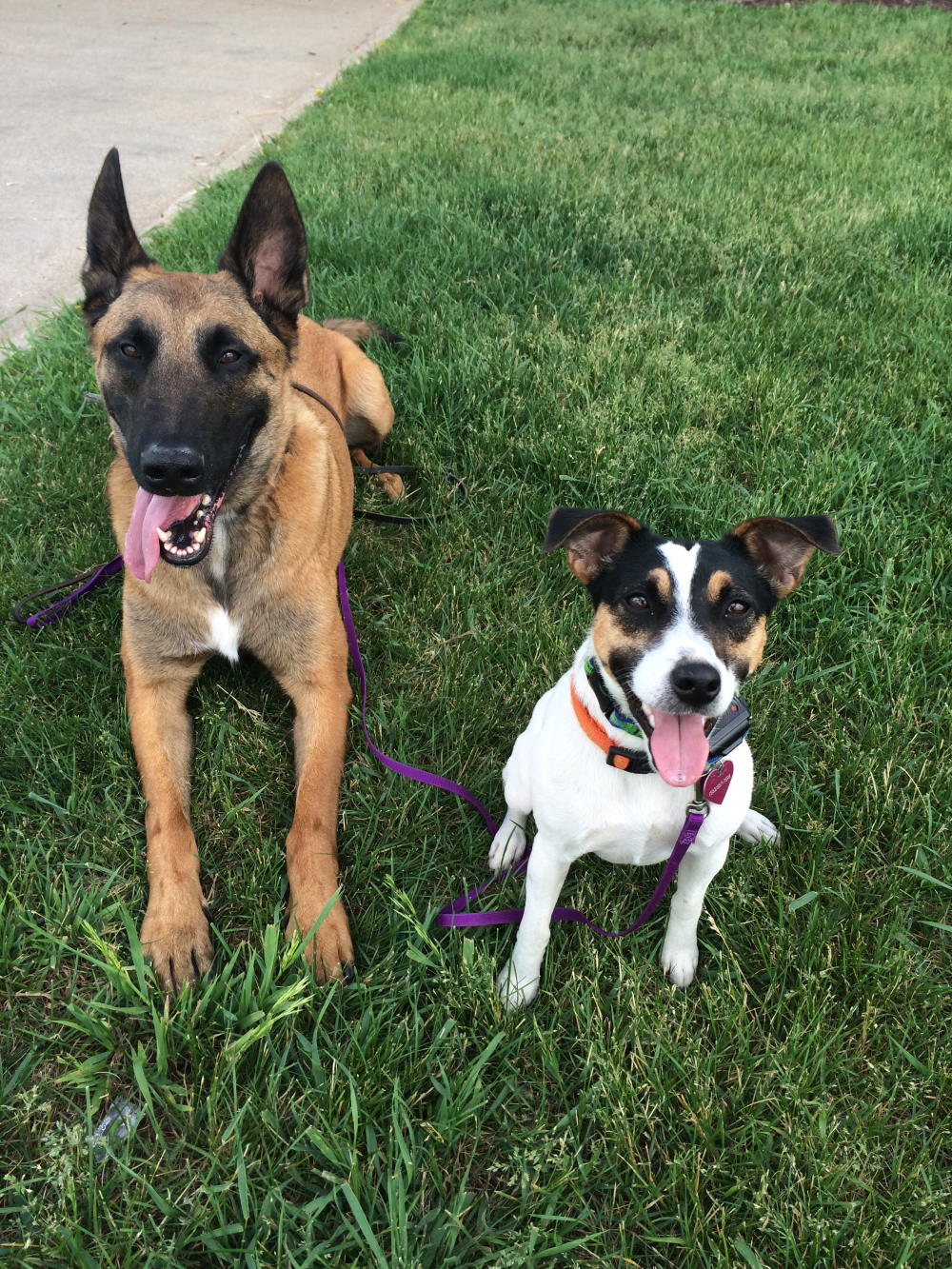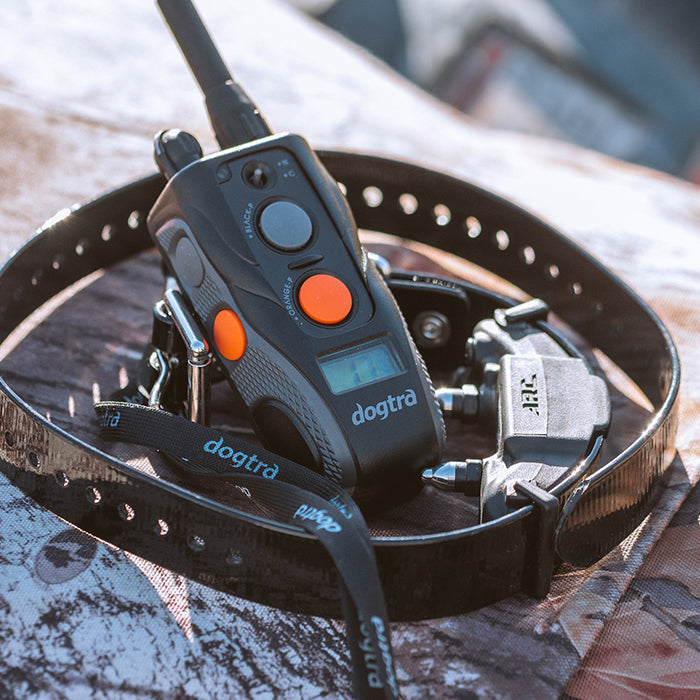HOW TO CHOOSE THE RIGHT E-COLLAR LEVEL FOR YOUR DOG

Using a remote training collar is not difficult. However, it is not entirely intuitive either. Too often, people have the misguided notion that you put the collar on the dog, wait for him to “do something wrong” or disobey and then push the button to punish him.
That isn’t how it works, or at least that isn’t how it works best. Proper use of a remote training collar involves an e-collar conditioning phase that teaches the dog how to respond to stimulation. Once the dog understands how to respond to the sensation, you can use the collar to teach and enforce a wide variety of skills.
How to Choose the Right Level of Stimulation for E-Collar
The challenge people struggle with most often in this conditioning phase is learning how to adjust the dial to use a level of stimulation appropriate for the dog’s sensitivity. It is a skill that involves learning to watch the dog rather than the dial. The dial provides a reference point, but the level you use will not be the same for every situation. The intensity can go up or down depending on how excited or adrenalized the dog is.
Understand Your Dog’s Reaction
Keeping your eyes on the dog is the key to determining if you should turn the level up or down. The dog will indicate through his body language whether the stimulation is having the proper effect or not.
An appropriate stim level will cause the dog to “do something.” The dog attempts to
“do something” means that the level is just perturbing enough that Fido shows some sort of behavioral response to it. There is a wide range of possible responses. The dog may scratch, tilt his head, or freeze. Scenting behavior may be interrupted, the dog might lay down, or simply have a puzzled look on his face. It is important to watch for subtle but noticeable indications that the dog feels something.
If you are not seeing any of these signs and Fido just continues doing whatever he was doing, then the level is too low and you need to turn up the stimulation until you see some behavioral change.
Adjust the Level if Your Dog is Stressed
If, however, you are seeing signs of distress or strong reaction like yelping or startled jumping your level is too high and you need to turn it down.
Being able to adjust the stimulation level to match the dog’s level of sensitivity suitably is the key to smooth and effective remote collar use. If the level of stimulation is appropriate, the dog will learn to have a positive and quick response to the sensation. Training will improve, and you’ll see significant improvement in the attention you can gain and retain while out and about with your dog.
Change Stimulation Level Based on Distraction
Another component of understanding a proper training level is being aware that it will change according to the level of distraction in the environment. A dog’s sensitivity and recognition of tactile sensation fluctuates just as ours does when we experience changes in adrenaline level.
If you’ve ever gotten a bruise or scrape and not realized how the injury even happened, you can understand how spikes in adrenaline affect your ability to notice physical perception. The same happens when our dogs become hyper-aroused about a situation in their environment. As they quickly change into high-energy behaviors like; barking, lunging, chasing, or escaping, their awareness of physical sensation adjusts to shifting into those senses that are most critical to survival at the moment. They simply will not notice the same level they do when things are “normal” or calm in the surroundings.
This is why it is so important to learn to be proactive in the training and management of your dog. The sooner you can interrupt Fido’s attention and refocus him on you or another task, the easier it will be to maintain control.
Final Thoughts
Learning to find the right level of stimulation to train with is about keeping your eyes on the dog rather than on the dial of your transmitter. Eventually, you will learn the “range of numbers” that work best, but that won’t be discovered overnight. It is important to not think of the collar as an immediate solution to training or behavior problems but rather understand it is something that aids in gaining attentiveness to you. Gaining attentiveness will take different levels of tactile sensation depending on the situation, and you will learn what is right for your dog by keeping your eyes on him!




